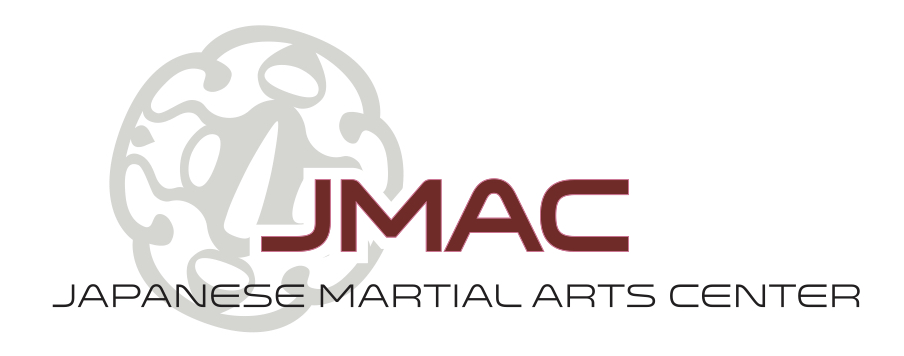Is Judo effective when it comes to self-defense?
Yes!
But first you have to get good at it. Judo means "gentle way", not because it is an easy martial art, but because everyone can partake and benefit from training. Judo focuses on using efficiency and technique in overcoming an opponent, rather than brute strength.
Judo was first established as an effective martial art when judoka dominated other reputable martial art styles in a Tokyo Metropolitan Police Academy tournament. From hybrid martial arts to street fighting, Judo holds its reputation as an effective martial arts style.
Yes!
But first you have to get good at it. Judo means "gentle way", not because it is an easy martial art, but because everyone can partake and benefit from training. Judo focuses on using efficiency and technique in overcoming an opponent, rather than brute strength.
Judo was first established as an effective martial art when judoka dominated other reputable martial art styles in a Tokyo Metropolitan Police Academy tournament. From hybrid martial arts to street fighting, Judo holds its reputation as an effective martial arts style.
Standing choke demonstration in Nihon Jujutsu
Yes!
But first you have to get good at it. Nihon Jujutsu is a system of self-defense techniques that uses modern and historical Japanese martial arts.
Nihon Jujutsu was forged from the most effective self-defense Japanese martial arts of its time: Judo, Karate, Aikido, and Taihojutsu (Japanese police immobilization and arresting techniques). "The founder of Nihon Jujutsu, Sato Shizuya, established this system based on his extensive studies with leading Japanese budoka (traditional martial artists), many of whom introduced ancient bujutsu methods into modern budo" (Source).
For more information on self-defense, Ann Arbor local Japanese Martial Arts Center has answers!










